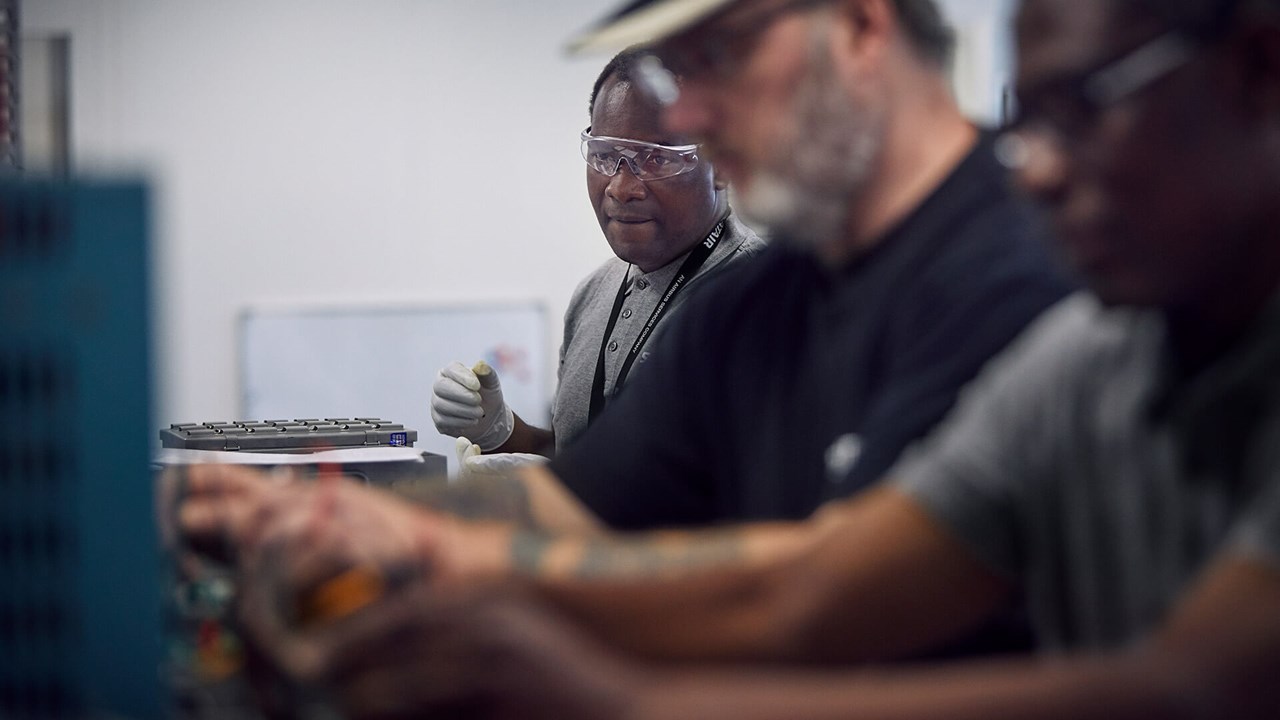As we embark on a new decade, we sum up eight of the big take-aways and trends predicted to affect the aviation & aircraft aftermarket.
In Boeing’s recent Commercial Market Outlook report, they report that within the next ten years, the aviation aftermarket is forecasted to expand to a worth of $3.1 Trillion, with an average growth rate of 3.5% annually.
Numbers from Airbus’ Global Market Forecast are showing that number elevated to $4.9 trillion, albeit forecasted over the next 20 years. Assuming that rigorous detail was put into both sets of data, this discrepancy could indicate that we can expect a sharp rise in the aviation aftermarket during the next decade, then a more gradual increase as we continue on to 2039.
Based on this predicted growth of the aviation aftermarket, in this article, we will be summing up eight of the big take-aways and trends predicted to affect the aviation & aircraft aftermarket.
Looking for an experienced and reliable aviation aftermarket provider? Check out our unique offerings here.
1. Big Data on the rise in the aircraft aftermarket
According to our aviation aftermarket forecast, aftermarket services that leverage the growing power of Big Data, are set to be one of the most significant game-changers to the services market. This year, we have reported on both predictive maintenance & the road to a proactive supply chain, as well as how due to costly data uncertainties, the MRO industry is adopting blockchain tech.


In the coming years, service providers that can provide their customers with solutions them more oversight to the aircraft’s serviceability through data collection and aggregation, artificial intelligence, machine learning and predictive modeling are set to have a clear advantage as the industry adopts broader digitalisation.
2. Digitisation
The rush for market dominance in data-driven solutions over the last couple of years is an example of how the aircraft aftermarket has been struggling to support the weight brought on by the increased digitalisation. But things are changing.
As newer fleets are more adapted with an increased amount of sensors, it's allowing for the creation of powerful predictive maintenance algorithms. Service providers that jump on this opportunity to provide accurate and real-time data over their parts are going to attain a clear competitive advantage.
While the digital landscape of the aftermarket is its 'Wild West' stage, where every MRO, OEM and independent operator is working towards providing their own digital solution, this model isn't sustainable. And many in the aftermarket know it.
We can expect as the aviation aftermarket increases its efforts in data analysis, modelling and automation in coming years, we can expect to see more partnerships or consolidations—moving the aftermarket towards more universal standards and processes.


A decrease in the cost of cloud storage solutions, sensor prices, and an increase in third party data analytics solutions have shown that the market is ripening and will soon be ready to start bearing fruit.
4. Streamlined Operations
With the rapid rise in connectivity, it is enabling the aviation industry to shift from asset-specific solutions to fleet-wide cognitive solutions.
Operators will be looking for solutions which will allow them to maximise fleet value throughout an aircraft's entire lifecycle, and this is where service providers are becoming valuable partners and assets.
The data generated by aircraft is increasing exponentially, day by day, therefore newer data analytics, aggregation and cloud storage solutions are increasing in demand in order to keep up with the level of efficient operations which passengers are increasing. It is here where service providers can provide robust system solutions that allow airlines to quickly understand and leverage the data that is collected. This data will help operators maximize their efficiency and improve aircraft availability through predictive maintenance models.

Both reports from Airbus and Boeing indicate that there will be a greater demand for data analysts In the process of streamlining airline operations, but this will also add to the growing labour demand for more tech-savvy individuals to be on boarded into the aviation industry.
5. OEMs entering the aircraft aftermarket
Depending on who you ask, OEMs and the big airframers like Airbus and Boeing entering into the aircraft aftermarket, can be seen as either a good or a bad thing. For airlines it provides an opportunity for access to service packages span across activities that take place in the hanger: such as maintenance, technician training, e-solutions, and system upgrades. As well as material management services like spares and tooling.
Smaller MRO providers and parts providers will likely struggle against the vast resources and technologies that larger OEMs service packages can provide. Even the aftermarket pro-competitive agreement CFM-IATA drafted in 2018 has to define clear rules of engagement.
Regardless of which aviation aftermarket forecast you look at, OEMs grabbing for market share is a trend that is likely to continue into the next decade.
6. Additive Manufacturing
Additive Manufacturing is predicted to make even more substantial gains in the next decade-potentially changing the landscape of the parts and supply chain market. As AM technology evolves, Boeing's CMO report predicts it will go from a niche solution for non-critical parts to a staple in delivering and manufacturing high-quality parts on demand. This process of being able to provide "the part you need when you need it" should substantially reduce costs and lead times.

7. Used Serviceable Material
The substantial growth in the used serviceable parts market will also create a more extensive variety of options for airlines going into the future. We reported on the specifics of how USM is one of the fastest growing markets. Its potential allows for more of a competitive advantage amongst smaller MRO, and provides airlines with parts options at a lower cost.
According to the recent fleet forecast from Oliver Wyman, the in-service commercial airline fleet will increase from 25,000 to 35,000 aircraft by 2027, estimating that 58% of operating aircraft will be new-generation. In a broader forecast published by Flight Global, it predicts that the annual delivery value will rise from $120 billion in 2018 to almost $190 billion by 2037.
8. Training
Enticing the next generation of aviation labourers will continue to be a growing concern, as the number of soon to be retirees continues to outpace the onboarding of people to replace them. New skills will be needed in material management to meet the growing demand for data analysis. Individuals with knowledge and competencies in software systems are sure to become in high demand.
Boeing’s Pilot and Technician Outlook of 2019 forecasts that the civil aviation industry will need to supply nearly 2.5 million new aviation personnel between now and 2038. This significant demand is creating an additional strain on the personnel supply globally and impacting other sectors of aviation.
The Satair Takeaway
Within the next decade, we are poised to see many of the pre-digital age aircraft move into retirement as they make way for new or more digitized fleets. In lieu of this, there are trends that are rippling all throughout the aftermarket.
While many areas of the aviation service industry are on the forefront of digital technology, namely within passenger experience, the aftermarket segment has a bit of catching up to do in order to meet the efficiency that newer fleets will demand.